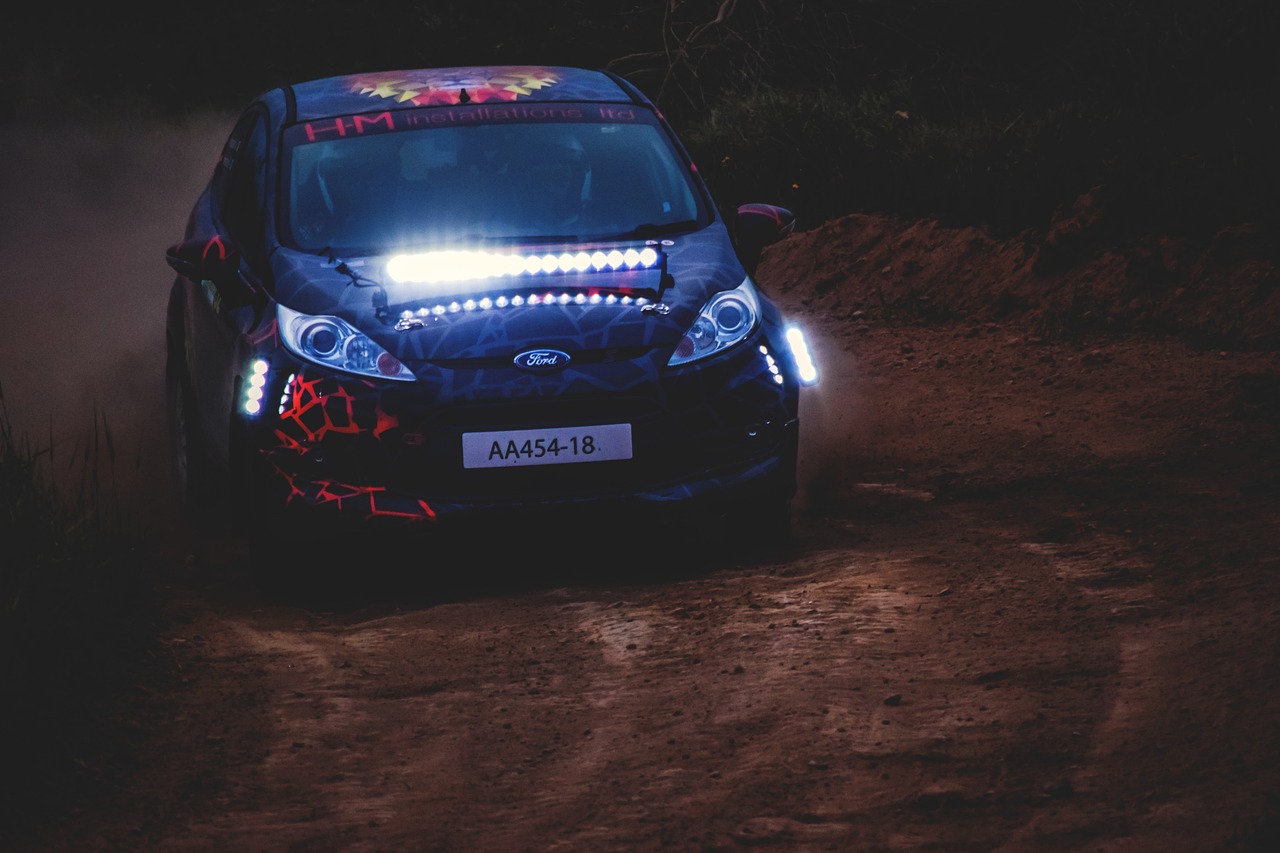Analyzing the Influence of Brake System Design on Vehicle Brake Pedal Position Consistency
11xplay sign up, king567 create account, skyinplay agent login:Analyzing the Influence of Brake System Design on Vehicle Brake Pedal Position Consistency
Have you ever noticed that the position of the brake pedal in your vehicle feels slightly different from one car to another? This subtle difference can be attributed to the design of the brake system in each vehicle. Brake pedal position consistency is crucial for drivers to effectively and safely control their vehicles, especially in emergency situations. In this article, we will explore how the design of a vehicle’s brake system can influence the consistency of the brake pedal position, and why it matters.
The Importance of Brake Pedal Position Consistency
The brake pedal is one of the primary controls that a driver uses to slow down and stop their vehicle. Consistency in the position of the brake pedal is essential for drivers to develop muscle memory and respond quickly in emergency situations. If the brake pedal position varies significantly between vehicles, it can lead to confusion and potentially dangerous situations on the road.
In addition, consistent brake pedal positioning contributes to a smoother driving experience. Drivers can modulate their braking more effectively when they can rely on the brake pedal being in the same position across different vehicles. This consistency helps drivers anticipate how much pressure they need to apply to the brake pedal to achieve the desired amount of braking force.
How Brake System Design Influences Pedal Position Consistency
The design of a vehicle’s brake system plays a significant role in determining the consistency of the brake pedal position. Several factors can influence how the brake pedal feels and responds to the driver’s input:
1. Pedal Ratio: The pedal ratio refers to the relationship between the distance the brake pedal travels and the distance the brake pads move in response. A higher pedal ratio can make the brake pedal feel more responsive, while a lower ratio may require the driver to exert more force on the pedal to achieve the same braking effect.
2. Brake Booster: The brake booster amplifies the force applied to the brake pedal, making it easier for the driver to apply the brakes. The design and size of the brake booster can affect how much pedal travel is required to achieve a certain level of braking force.
3. Brake Master Cylinder: The master cylinder converts the force applied to the brake pedal into hydraulic pressure that activates the brake calipers. The size and design of the master cylinder can influence the pedal feel and response, affecting the consistency of the brake pedal position.
4. Brake Calipers and Discs: The design of the brake calipers and discs can also impact the feel of the brake pedal. Higher-performance brake systems may have larger calipers and discs, which can provide a more immediate and precise response to the driver’s input.
5. Brake Fluid: The type and quality of the brake fluid used in the system can affect the consistency of the brake pedal feel. Contaminated or degraded brake fluid can lead to spongy pedal feel and inconsistent braking performance.
6. Brake Pad Material: The material used in the brake pads can influence how the brake pedal feels when applied. Different brake pad compounds can affect braking performance, noise, and pedal feel.
FAQs
1. Why is brake pedal position consistency important?
Brake pedal position consistency is crucial for drivers to develop muscle memory and respond quickly in emergency situations. Consistent pedal positioning also contributes to a smoother driving experience.
2. How can I ensure consistent brake pedal position in my vehicle?
Regular maintenance of your vehicle’s brake system, including checking for brake fluid leaks, inspecting the brake pads, and keeping the system properly adjusted, can help maintain consistent pedal position.
3. What should I do if I notice a difference in the brake pedal position in different vehicles?
If you feel that the brake pedal position varies significantly between vehicles, it may be a sign of underlying issues with the brake system. Consult a certified mechanic to inspect and address any potential problems.
In conclusion, the design of a vehicle’s brake system has a significant impact on the consistency of the brake pedal position. By understanding how different components influence the feel and response of the brake pedal, drivers can better appreciate the importance of brake pedal position consistency and take steps to ensure optimal braking performance in their vehicles.







